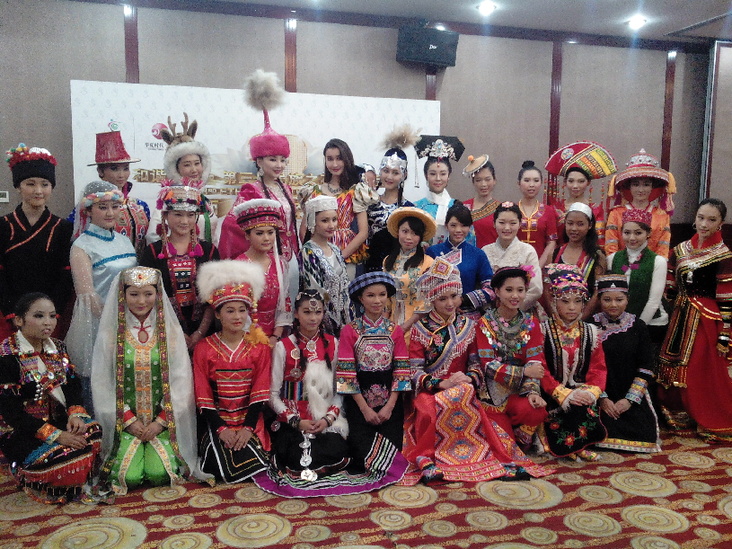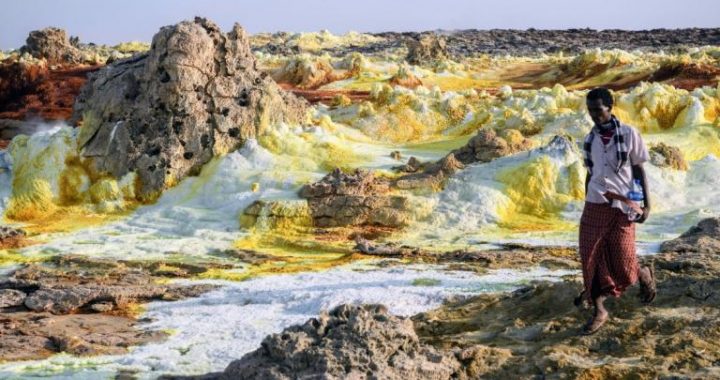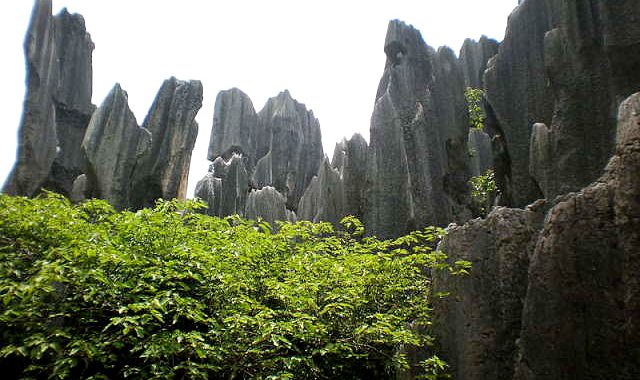THE PEOPLE:COMMUNITIES OF DIVERSE CULTURES
4 min readLike the physical and biological transitions,a convergence of disparate cultural influences across Yunnan Province has resulted in astonishing ethnic diversity. Over the millennia, the cultural heritage of what is now Yunnan has been influenced by elements of Tibetan and related cultures to the north, Southeast Asian cultures to the west and south, and Han Chinese to the east.
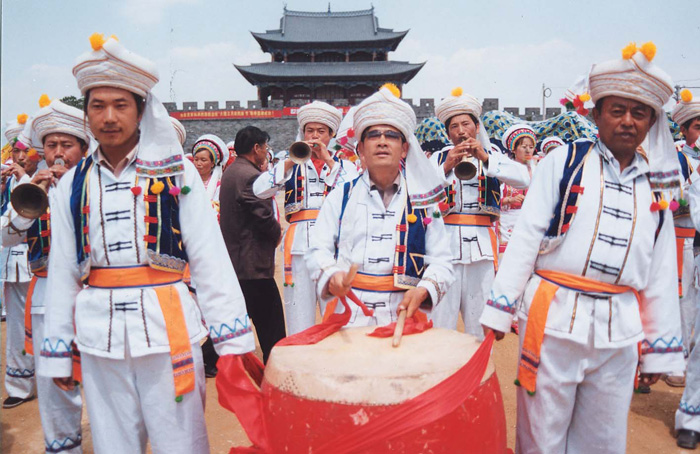
Both cultural conflict and assimilation processes have been a fact of life in the region. Along with rugged terrain and topographic isolation, these processes have created a patchwork of populations with diverse ethnic backgrounds living in relatively close proximity. An initial cultural inventory was made soon after the founding of the People’s Republic of China in 1949. Hundreds of ethnic groups were initially cataloged in Yunnan, each with its own language, costume, spiritual beliefs, and land use traditions. In the late 1950s these were clasified into 24 minority “nationalities”officially recognized by the central government. Many Han people also call Yunnan home, although they are not considered a minority because they make up over 90 percent of the Chinese population. Thus, Yunnan has 25 of the 56 officially-recognized ethnic groups in China.
More than half of the province’s ethnic populations occur in northwest Yunnan, but only about 10 groups are geographically dominant to any extent. In some areas a single ethnic group can dominate, such as the Tibetans of Deqin County. In other places, different ethnic groups are vertically stratified, each occupying different positions in the mountainous landscape. An excellent example of this occurs in the Laojun Mountain area of Yulong County, where Naxi or Bai farmers raise rice in the lowlands, Lisu villages occupy steep side valleys, and Yi people scrape out a living on the surrounding high ridges. Surprisingly, none of the dominant ethnic groups include Han, who play a minor role in most areas of northwest Yunnan except in the cities and towns.
The Bai have inhabited the region around Er Lake for more than 3,000 years, where, at times, they have established far-reaching kingdoms with Dali as their capital. The last of these kingdoms was defeated in the late 13th century by the Mongols of the Yuan Dynasty. Today there are about 1.5million Bai, most residing in the Dali Bai Autonomous Prefecture (Dali, Binchuan, Heqing, Jianchuan, Eryuan, and Yunlong Counties) and Lanping Bai Autonomous County of the Nujiang Prefecture. They are the second largest minority in Yunnan after the Yi, but Bai have taken many Han elements into their culture and are probably the most Sinicized of all minorities in Yunnan.
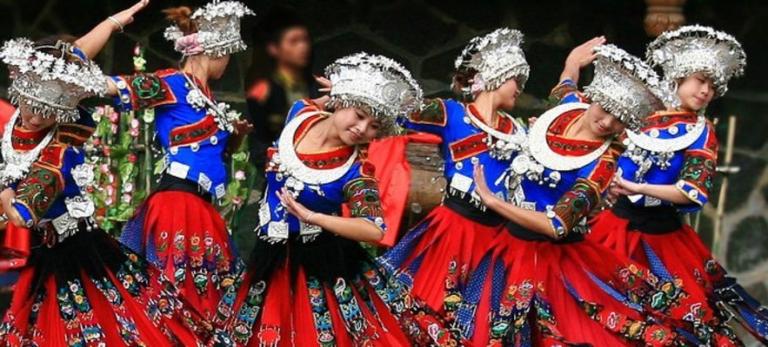
Lisu people are one of the largest minorities of northwest Yunnan. Numbering around 600,000 in China, they dominate large areas in the Nu River and Lancang River valleys of northwest Yunnan. Politically, Lisu dominance in these areas was recognized in the 1950s by the creation of two autonomous administrative units, Nujiang Lisu Autonomous Prefecture and Weixi Lisu Autonomous County of Diqing Prefecture. Many Lisu also live across the border in remote areas of northern Myanmar, where they still travel across the Gaoligong Mountains into China for trading and visiting relatives.
Around 300,000 Naxi live in and around Yulong County and the Gucheng District, where the city of Lijiang is their cultural capital. Naxi ancestors are thought to have migrated off the northern Tibetan Plateau to the Lijiang valley about 2,000 years ago. At times ruling large areas of northwest Yunnan and adjacent Tibet and Sichuan, the Naxi Kingdom eventually became part of Qing Dynasty China in 1723 and the king was turned into the local government administrator.
The Nu people number about 27,000 and are restricted to northwest Yunnan, where they have a scattered distribution, occurring mostly in the Nu River valley and one area of the Lancang valley. The word”nu”in their native language means dark, so they see themselves as the dark people. In Chinese, however, nu is represented by the character for anger, so most people think the Nu are angry people or that the Nu River is the Angry River. The former is definitely not true in my experience, but having seen the Nu River flood,I would say that the Chinese nu coincidentally is a good descriptor of the river.
Yunnan lies at the southeastern edge of the Tibetan cultural region. Out of a total of nearly 5.5 million ethnic Tibetans, there are about 130,000 in Yunnan, almost all residing in the Diqing Tibetan Autonomous Prefecture,
especially Shangri-La and Deqin Counties. Across the Tibetan cultural region there are many geographically-defined populations that have different costumes, customs, and languages. Tibetans in northwest Yunnan loosely fall into two groups that exhibit many of these differences, one centered around Zhongdian and the other Deqin. For example, their dialects are different enough to seriously affect comprehension. My assistant from Deqin estimated that there was only about a 60 percent overlap in his vocabulary with Zhongdian Tibetans. Despite these major cultural differences,a belief in Buddhism unifies nearly all Tibetans.
Yi are the largest ethnic group in Yunnan, where 25 subgroups are scattered across the province, although this classification does not accurately represent the true cultural diversity within the group. Yi also have significant populations in the adjacent provinces of Sichuan, Guizhou, and Guangxi, as well as in Viet Nam and Thailand. In northwest Yunnan Yi are most populous in the Ninglang Yi Autonomous County in the east. Beyond that, small clans and villages are widely scattered on isolated, high ridges throughout the center and south.
